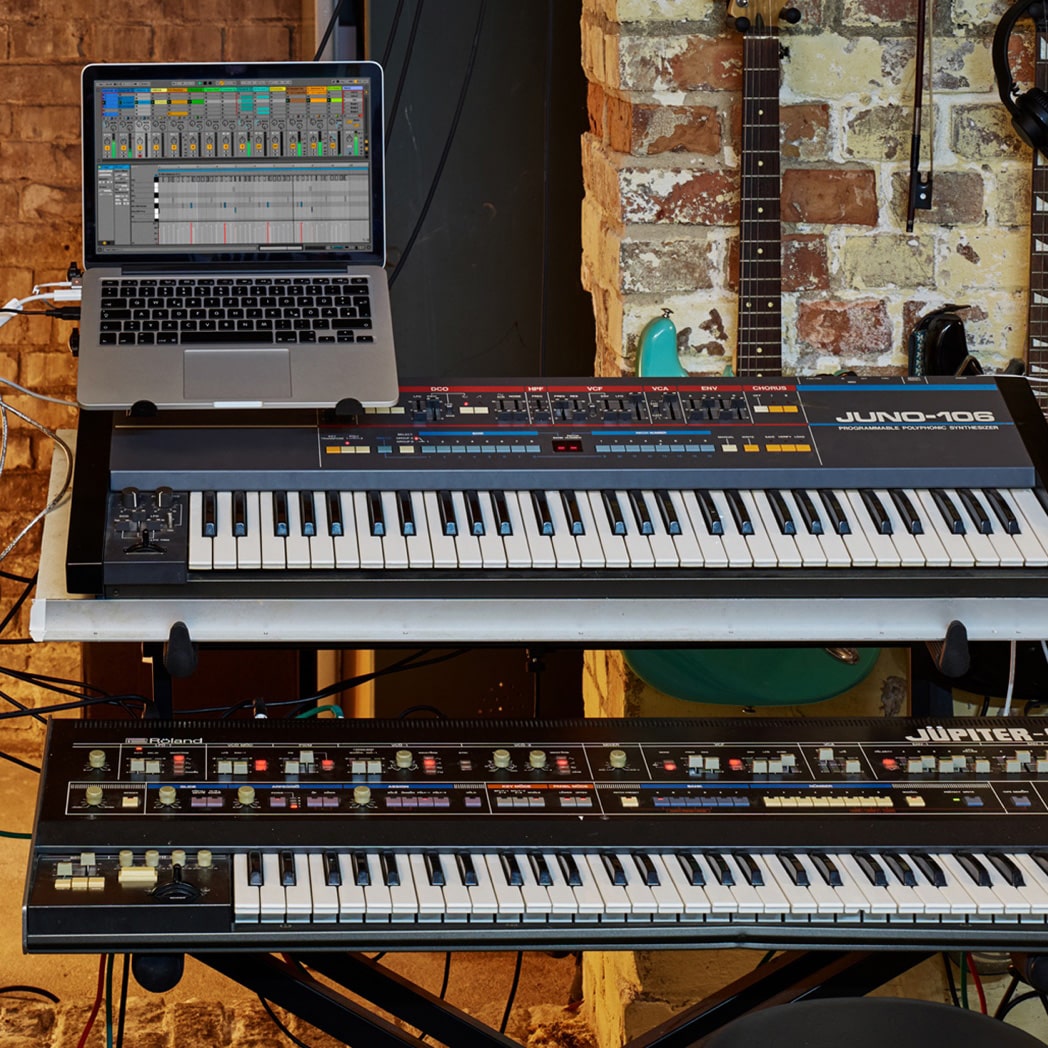Creative Convolution Reverb
Convolution Reverb is a creative device for bringing new space to your sounds – a sample-based reverb suite with hundreds of impulse responses from real-world spaces and world-class hardware.
A convolution reverb takes a sample from a real-world space (called an impulse response or IR) and uses this to digitally simulate the reverberation of that space. Only a convolution reverb can capture the ambience of a real space, or real hardware, and recreate it on a computer. With a convolution reverb, you can easily access the reverb of many spaces, and still tweak them.
The Pro version allows for extended tweaking options such as EQ, damping, modulation, and more. The reverse function in Convolution Reverb Pro is especially nice. You can modify an original IR to something completely new, and then resave the design as a new preset. Convolution Reverb Pro also allows for combining two IRs—one for early reflections, and one for late—for a hybrid sound that combines elements of multiple spaces.
Convolution Reverb also includes a utility for creating your own reverb spaces. Just drag and drop an audio file into the Convolution Reverb device. You don’t even need to stick to reverberant spaces. Experiment with a variety of sounds and explore new spaces.
Made in collaboration with Alex Harker at Huddersfield University, Convolution Reverb offers zero latency for a lush, natural sound. It also includes over 200 IRs from professional acousticians, featuring spaces from around the world, vintage hardware, experimental sounds, and more. Christian Kleine also contributed IRs from his personal collection of rare instruments and effects, including the Stocktronics RX-4000, Uniton Swissecho 2000, Farfisa Spring Reverb, BOSS RX-100 and more.
In our example, we started stretching the snare:

Applied fx´s:

And the result throw it back into the Convolution Reverb:



